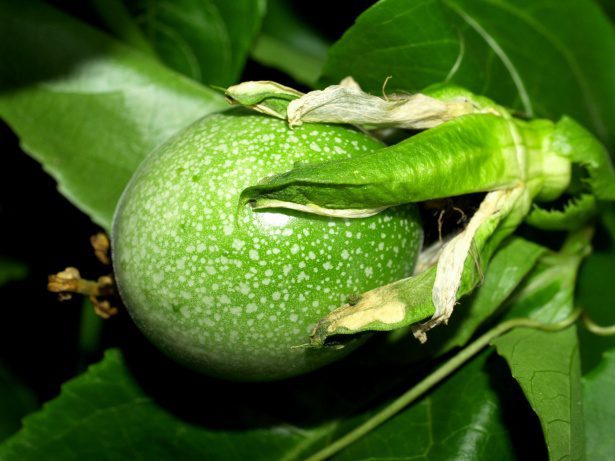
Firstly, introducing Auscrops, a wonderful market vending company bridging farmers and customers together through market vendors. Click here to find out more about how passion fruit grow as well fruit and vegetable offers.
How Passion Fruit Grow
Passion fruit, a tropical and subtropical fruit commonly used in sweet and savory dishes. The passion fruit originates from parts of South America, Central America, and the Caribbean. In recent years, passion fruit has become increasingly popular in the United States. There are several varieties of passion fruit available on the market today. All with their own unique colors, textures, and flavors. Let’s dive into what makes this exotic fruit so special.
Growing Passion Fruit
Passion fruit plants can grow to be quite large if given enough room to spread out. Typically grown from a cutting or seedling and can reach up to 20 feet in height when mature. The plant requires at least six hours of direct sunlight each day in order to thrive. As well produce an abundance of ripe fruits. Once planted, it takes approximately one year for a passion fruit plant to reach full maturity and start producing fruits.
The passion flower is the most recognizable feature of the plant. It’s a large showy flower with five petals which range in color from white to purple depending on the variety of passion fruit you have planted. The flowers bloom throughout the summer months and eventually give way to green fruits that gradually ripen over time into their characteristic yellow or purple color depending on the variety you are growing.
Harvesting & Eating Passion Fruit
When it comes time to harvest your passion fruit, look for fruits that have reached their fully-ripened color but still feel firm when pressed gently with your finger (you don’t want them too soft). To eat your freshly picked passion fruit, simply cut it open in half and scoop out the flesh inside with a spoon – delicious! The flavor of fresh passion fruit is often described as tart yet sweet with hints of citrusy notes like lime or pineapple depending on the variety you are eating. Additionally, the seeds inside can be eaten as well – they are crunchy and slightly nutty tasting when cooked or roasted lightly before consuming them.
Conclusion:
Lastly, passionfruit is a truly unique tropical/subtropical treat that will bring some sweetness (and tartness) into any dish! For those looking for an interesting addition to their garden or kitchen table, this exotic plant is sure to please!
Click here to read similar articles.
 Français
Français 











